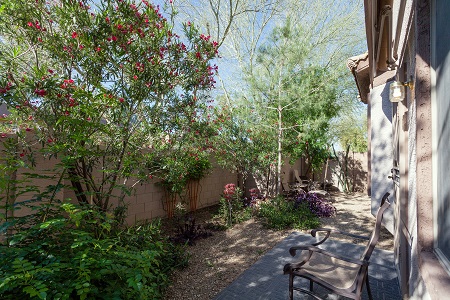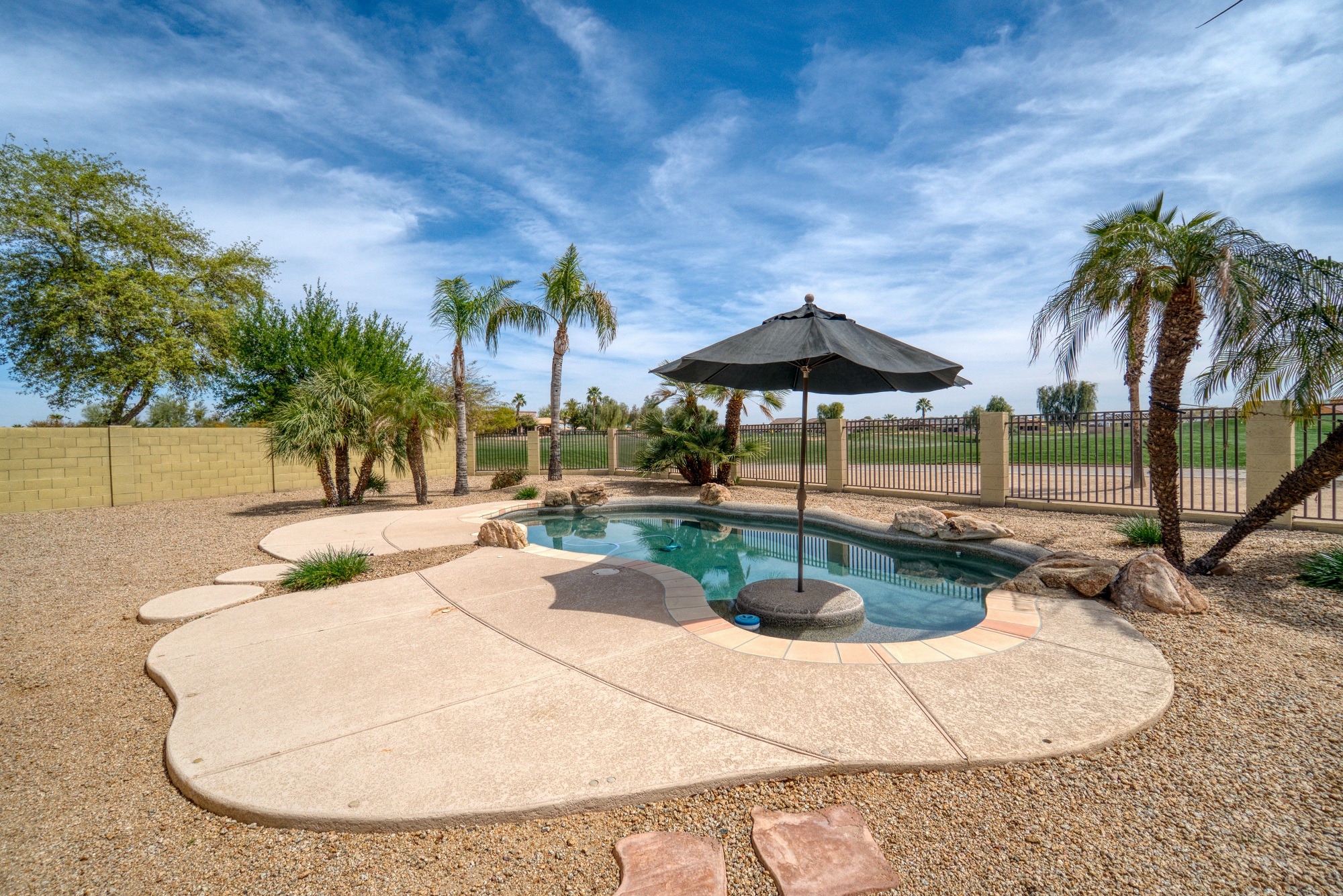You’re ready to transform your backyard. As you dive into the world of landscape design, remember it’s more than just picking pretty plants. It’s about choosing the right flora, considering hardscape elements, and using lighting effectively.
You’ll need to think about soil quality, water management, and privacy, too.
But don’t worry; we’re here with expert tips to help you create a backyard you’ll love.
Let’s get your landscape designer plan started!
Choosing the Right Plants for Your Landscape

Your sense of satisfaction will grow when you’ve chosen the right plants for your landscape. It’s not just about aesthetics; it’s about ensuring the plants thrive in your specific climate and soil. Consider native species. They’re naturally adapted to your region’s conditions and often require less maintenance.
Next, think about the plant’s full-grown size. You wouldn’t want your view obscured by a towering tree you didn’t anticipate. Similarly, consider their growth rate. Some plants might take over your garden if they’re not kept in check.
Finally, layer your plants. Start with tall trees at the back, then add layers of shrubs, perennials, and ground covers. This creates depth and visual interest.
There’s an art and science to picking the right plant. So, take your time, do your research, and create a masterpiece.
Incorporating Hardscape Elements Into Your Design
Incorporating hardscape design elements into your design can add structure and balance, but it’s crucial to plan carefully to ensure they blend seamlessly with your plants and other softscape elements. Consider these factors:
- Materials
– Stone: Durable and versatile, stone can be used for pathways, walls, or decorative accents. Choose types that complement your plantings, like slate with ferns or limestone with lavender.
– Wood: Ideal for decks and structures, wood brings a warm, natural look. Think teak with tropical plants or cedar with conifers.
- Placement
– Scale: Balance hard and soft elements. A large patio space might overpower delicate flowers but suit robust shrubs.
– Flow: Position hardscapes to guide movement. Winding paths can lead to hidden gardens, while straight walkways enhance formal designs.
The Role of Lighting in Your Landscape Plan
Strategically placing lights in your landscape can dramatically enhance its appeal and functionality during nighttime hours. You’re not just illuminating paths for safety; you’re also highlighting your garden’s best features. Consider uplighting techniques for that majestic oak or downlighting for a soft, romantic glow on your rose bushes.
Use accent lights to showcase the unique texture of your stone walls or the vibrant colors of your hydrangeas. Carefully placed lights can even create interesting shadows, adding depth and drama to your space. Remember, it’s not just about brightness; it’s about creating mood and atmosphere.
Play with different colors and intensities. Consider energy-efficient LEDs for a sustainable touch. With a keen eye for design and careful planning, your backyard design can shine brightly even after sunset.
Maintaining Your Backyard Landscape: Tools and Techniques
You’ve got at least 10 essential tools for maintaining your backyard landscape, and knowing when and how to use them can make all the difference in the world.
- Pruning Shears: Ideal for shaping your floral elements like roses and hydrangeas.
- Bypass Pruners: Used for live, green plants and flowers.
- Anvil Pruners: Best for deadwood, they might crush younger, softer stems.
- Garden Rake: Essential for leveling and cleaning up your garden beds.
Learn to use these tools effectively. For example, when pruning, make sure to cut at a 45-degree angle just above a leaf node or bud. This encourages healthy new growth. Likewise, when raking, use short, controlled strokes to avoid harming plant roots.
With these tools and techniques, you’ll be able to keep your backyard landscape lush, healthy, and beautiful.
Water Management and Irrigation Strategies
While you’re selecting the right tools for your backyard, don’t forget to consider how you’ll manage water and plan your irrigation strategy because they’re critical factors for the health and success of your plants.
You’ve got to understand the water needs of each plant species, as they vary. Succulents, for example, require less water than roses or hydrangeas.
Consider laying out your garden in zones based on their irrigation needs to optimize water usage. Look into installing a drip irrigation system for high-water-need areas; it’s more efficient and reduces water waste.
Rain barrels can catch runoff from your roof for use in drier periods. They’re a practical, eco-friendly addition to any backyard.
The Importance of Soil Quality and Preparation
Don’t overlook the importance of soil quality and preparation because it’s your garden’s groundwork that directly impacts plant health and growth. To achieve a lush, thriving garden, you need to focus on the soil’s pH balance, nutrient content, and texture.
Here are some steps you can take:
- Soil testing
– pH level check: A pH level between 6 and 7 is ideal for most plants.
– Nutrient analysis: This includes checking for nitrogen, phosphorus, and potassium levels.
- Soil preparation
– Organic matter addition: Compost or well-rotted manure improves soil texture and nutrient content.
– Proper tilling: This helps mix the organic matter and break up compacted soil.
Creating Privacy and Seclusion in Your Backyard
To create a sense of privacy and seclusion in your backyard, you’ll need to strategically place trees, shrubs, or even erect fences or privacy screens. Consider using tall, dense trees like the Arizona Ash or Blue Palo Verde, which produce a lot of foliage and grow tall.
For a softer look, plant shrubs such as the Viburnum, known for their dense foliage and clusters of fragrant flowers.
If you’re short on outdoor living space, a wooden fence or a trellis draped with climbing plants like Ivy offers a compact solution. Incorporate privacy screens in corners; they’re not only functional but also add an artistic element.
Stick to One Theme
You’re now moving on to a new topic, sticking to one theme, and it’s crucial to ensure all your landscaping elements work in harmony. You’ve chosen your favorite plants; now it’s time to weave them together into a cohesive theme. Don’t scatter your attention — focus on one concept and let it guide your decisions.
To help you, remember these points:
Choose plants that complement each other:
- Try a Japanese garden with bamboo, Japanese maples and azaleas.
- A tropical theme might include hibiscus, aloe vera, and palm trees.
Incorporate non-plant design elements sensibly:
- A Mediterranean theme benefits from terracotta pots and stone paths.
- A woodland theme needs rustic wooden benches and stone bird baths.
Contact MasterAZscapes for Professional Landscapers
In your pursuit of a cohesive theme, reaching out to MasterAZscapes for professional landscapers can be the game changer in your landscape project. We are not just gardeners; we are artists who understand the nuances of native plant species, soil conditions, and local climate. We will use our extensive knowledge to choose plants that will thrive in your yard and create a stunning, year-round tableau so you can have your outdoor dream.
Our creative use of spatial design can transform your yard into a series of eye-catching ‘rooms,’ each with its own character. We will consider factors like the sun’s path, views from your windows, and how you’ll use each area. We will ensure the space flows well, is easy to navigate, and, most importantly, suits your lifestyle and aesthetics.
Landscaping services we provide:
- Help with Backyard Landscape Design Planning
- Outdoor Fireplaces and Kitchens
- Water Features
- Artificial Turf
- Pavers
- Retaining Walls
- Pool Remodel
- Outdoor Lighting
- Irrigation
- And More
Don’t underestimate the power of professional touch in your desert landscape design! Contact us today!
Visit our About Us page for more information about our landscape design company.

